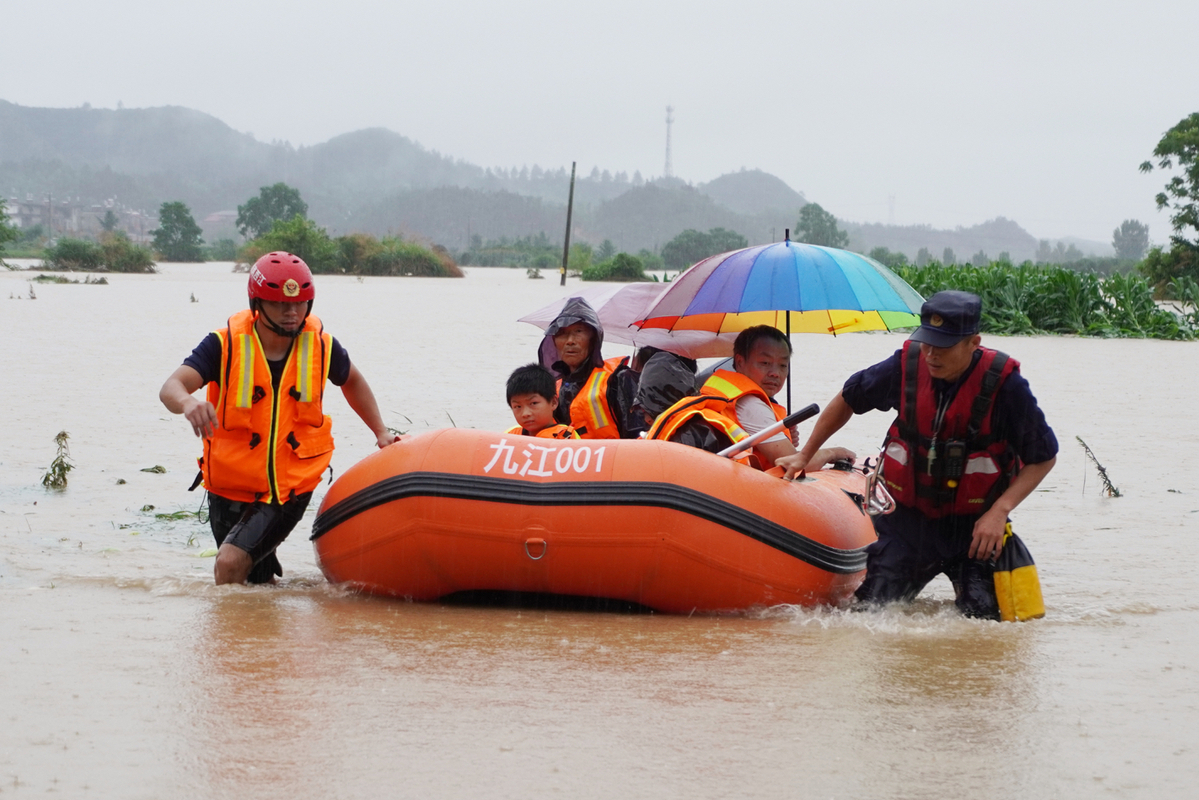Homes, businesses, and entire communities are completely devastated by floods, which are among the most catastrophic natural disasters. The immediate aftermath can be overwhelming, with property damage, potential health risks, and the emotional toll on those affected. Emergency flood services are essential in assisting individuals and communities in their efforts to recover and recoup during such difficult periods. This article explores the critical functions of emergency flood services and how they contribute to the restoration and recovery process.
The Impact Of Floods
Floods can result from various causes, including heavy rainfall, storm surges, overflowing rivers, and broken dams. Regardless of the cause, the consequences are often severe. Homes and buildings can suffer structural damage, electrical systems can be compromised, and personal belongings can be ruined. Additionally, floods can contaminate water supplies and create breeding grounds for mold and bacteria, posing significant health risks.
The Immediate Response: Rapid Assessment And Action
When a flood occurs, time is of the essence. Emergency flood services are designed to respond swiftly, providing immediate assistance to those affected. The first step is a rapid assessment of the situation. A plan of action is developed by trained professionals, who assess the severity of the damage and identify potential hazards. This assessment is crucial in prioritizing tasks and allocating resources effectively.
Once the assessment is complete, the next step is to begin the cleanup process. Emergency flood services utilize specialized equipment to remove standing water from affected areas. This step is critical because stagnant water can exacerbate damage and increase the risk of mold growth. High-powered pumps, wet vacuums, and dehumidifiers are commonly used to expedite water removal and drying.
Mitigating Health Risks: Contamination And Mold Prevention
One of the most significant concerns following a flood is the potential for contamination. Floodwaters can carry harmful bacteria, chemicals, and sewage, creating a hazardous environment. Emergency flood services prioritize the decontamination of affected areas to ensure the safety of occupants. This involves sanitizing surfaces, removing contaminated materials, and addressing any health hazards that may arise.
Mold growth is an additional severe concern that may arise rapidly in the aftermath of a flood. In addition to causing property damage, mold also poses health risks, particularly for those with compromised immune systems or respiratory conditions. Emergency flood services employ advanced techniques to prevent mold growth, including thorough drying, applying antimicrobial treatments, and monitoring humidity levels.
Structural Repairs And Restoration
Beyond the immediate cleanup and health risk mitigation, emergency flood services are also responsible for addressing structural damage. This can include repairing damaged walls, floors, and roofs, as well as ensuring the stability of the building. In cases of severe damage, it may be necessary to work with contractors and specialists to rebuild and restore the property to its pre-flood condition.
Restoration is not limited to structural repairs. Emergency flood services also assist with salvaging and restoring personal belongings. This can involve cleaning and drying furniture, documents, electronics, and other items that may have been affected by water damage. The goal is to help individuals regain a sense of normalcy and recover as much as possible from the loss.
Emotional Support And Community Recovery
The impact of a flood goes beyond physical damage; it can also take an emotional toll on those affected. The loss of a home, personal belongings, and a sense of security can be deeply distressing. Individuals frequently receive emotional support and resources from emergency flood services to assist them in overcoming the trauma of the event. This can include connecting them with counseling services, support groups, and community resources.
Community recovery is another critical aspect of rebounding from a flood. Emergency flood services work closely with local authorities, non-profit organizations, and volunteers to coordinate relief efforts and ensure that resources are distributed effectively. This collaborative approach helps to rebuild and strengthen the community, fostering resilience in the face of adversity.
The Importance Of Preparedness
While emergency flood services are essential in the aftermath of a flood, preparedness is equally important. To mitigate the effects of floods, communities and individuals can implement flood-resistant building practices, invest in flood insurance, and develop emergency plans. By being prepared, the process of recovery can be more efficient and less overwhelming.
Conclusion
Emergency flood services are essential in assisting individuals and communities in their recovery from floods, which is a complex and difficult process. From rapid assessment and water removal to health risk mitigation, structural repairs, and emotional support, these services are essential in restoring normalcy and rebuilding lives. By understanding the importance of emergency flood services and taking proactive measures to prepare for potential floods, we can enhance our resilience and ability to recover from such devastating events.
